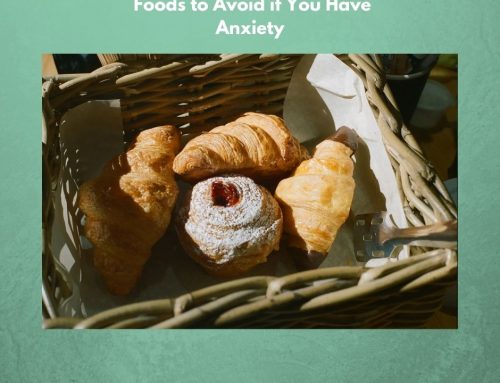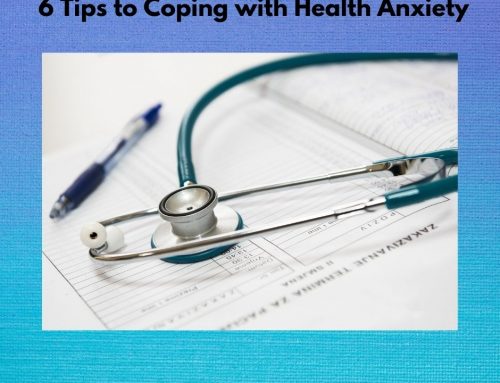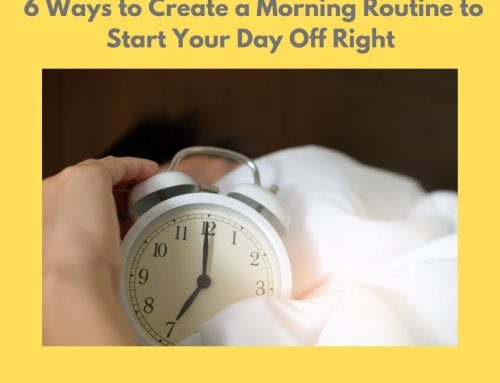Many people go through periods of time where they don’t feel like themselves and their moods change. Often, these mood changes occur during changes in the seasons. Seasonal Affective Disorder (SAD), is often referred to as the winter blues, but can occur with any seasonal change; combine that with a pandemic and a lockdown and the effects can be devastating. It has been shown that depressive symptoms have increased threefold during the pandemic. SAD usually begins in the fall/winter when the days get shorter and begins to wear off once the spring hits and the days get longer.
During fall and winter, along with shorter days, people experience less sunlight and colder temperatures; as a result, many wake up in the dark, spend less time outside and experience mood swings and depressive tendencies.
If you consistently feel sadness, lack of energy or have thoughts of hopelessness during a specific time of year, you may have Seasonal Affective Disorder. To be diagnosed with SAD, you must experience depressive episodes around the same months for at least 2 years. January and February are the two months that people with SAD struggle the most and ¾ of those suffering, tend to be women. SAD can begin at any age, but it typically begins with those between the ages of 18 and 30.
How do you tell the difference between Seasonal Affective Disorder and the winter blues? Both are similar in symptoms and can therefore be easily confused. With the winter blues, symptoms that are experienced are being tired, lack of motivation and feeling lethargic. People with SAD experience these symptoms, but usually more intensely. As well, along with winter blues symptoms, those with SAD also tend to experience anxiety and feelings of hopelessness.
The following are symptoms of SAD…
Mental/Emotional Symptoms
- Feeling depressed for most of each day
- Feeling hopeless
- Losing interest in activities
- Feeling agitated
- Having difficulty concentrating
- Social withdrawal
- Anxiety
- Lack of motivation
- Increase in negativity
- Feeling sluggish
- Struggling to get out of bed
Physical Symptoms
- Lack of energy
- Difficulty with sleep
- Changes in appetite or weight
- Overeating
- Craving carbohydrates
- Insomnia
- Restlessness
- Feeling achy and sore
“If you want light to come into your life, you need to stand where it is shining”
So, now that we have a better understanding of what SAD is and what it looks like, it’s time to explore strategies to help manage it. The following techniques should help you take back control of what could otherwise be a very long winter…
- Maintain a regular exercise routine: Exercise is the most effective way to combat the blues. During exercise, the body releases feel good chemicals called endorphins. These chemicals help you deal with stress and anxiety by aiding in relaxation. Outdoor exercise would be most helpful, but if you can’t get outside, choose a treadmill, stationary bike or elliptical machine.
- Stay away from alcohol and caffeine: When dealing with any mood disorder, it’s best to avoid substance such as alcohol, caffeine, processed sugar, sedative and other stimulating drugs.
- Laughter: These days it’s not easy to find things to laugh about. With the pandemic and lockdown, days are running into each other. But, it’s important to search it out, whether it be a funny movie, a YouTube video, funny sitcom or talking to friends who make you laugh. Like exercise, when we laugh, our bodies release positive chemicals and improve our moods.
- Practice positive self-talk: When SAD begins, you tend to think and feel more negatively. It’s important to recognize what your inner voice is telling you; but this takes time and practice. Once you identify your negative self-talk, you can challenge it by using language that is more motivating and supportive. This type of technique is embodied by Cognitive Behavioral Therapy (CBT) and is helpful in changing negative thinking, patterns and behavior.
- Find a hobby: When you’re feeling down, distraction from how you’re feeling is key. Do something that you know brings you contentment and satisfaction, even if just for a brief amount of time. Hobbies such as, reading, baking, building something, knitting, playing cards, listening to an online lecture…anything is good. Doing something that interests you is taking time out for self-care. It’s important to put aside some time each day for yourself.
- Declutter: For me personally, keeping my house decluttered is so important to my mental health. I tend to get irritable and annoyed with clutter. When I organize a drawer, throw stuff out, donate clothes or clean a closet, I can’t explain the feeling of satisfaction it gives me. It’s like I can breathe again. Take an hour to declutter your space and you may find it clears your mind at the same time.
- Get some sun: Getting some sun increases your serotonin and can help you manage your SAD while at the same time helping you cope with anxiety and depression. The ideal time to get some sun or to get outside is around noon when sunlight is at its brightest.
- Get as much indoor daylight as you can: If possible, position your workspace near a window. Any way you can, make sure to let as much sunlight fall on you throughout the day as you can.
- Take Vitamin D: Many doctors have started to ask that their patients to increase their vitamin D intake. This is especially useful during the winter months, since low levels of vitamin D were shown to be connected to SAD.
- Try light from a box: Light therapy boxes give off light that mimics sunshine and can help recover from SAD. Typically, if you have SAD, it is recommended that you sit in front of a light box for about 30 minutes a day. Most people find light therapy to be most effective if used first thing in the morning.
- Journal: Writing down your thoughts can have a positive effect on your mood. Plan to write for about 20 minutes a few times a week. The best time is at night to try and clear your mind in order to get a good night’s sleep.
- Stick to a schedule: Those of you living with SAD often have trouble sleeping at night and getting up in the morning. Maintaining a regular schedule and routine helps improve sleep, which can help manage symptoms of SAD.
The above strategies can be helpful in managing Seasonal Affective Disorder. However, if you find that it’s hard to motivate yourself to try some of these solutions, you may want to contact your doctor. SAD is a form of depression and therefore is best being diagnosed by a mental health professional. Therapy can help give you a way to work through your feelings and manage your symptoms.









